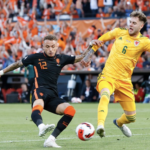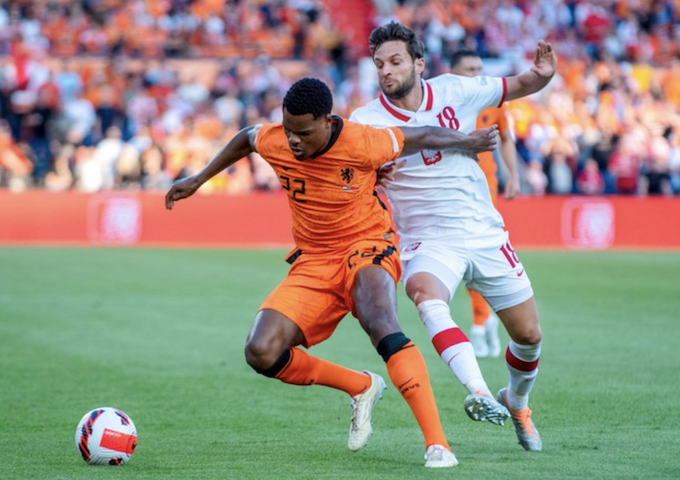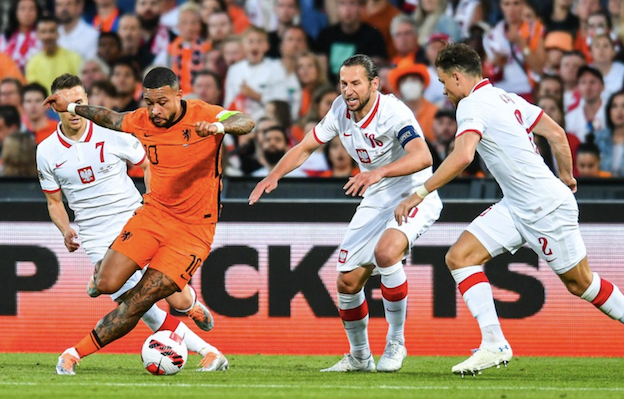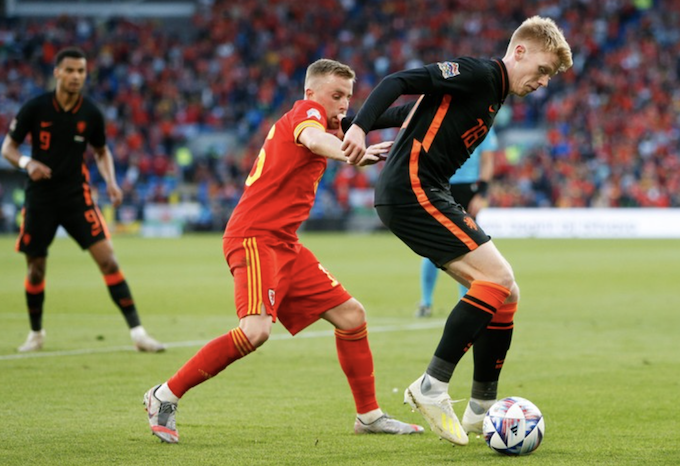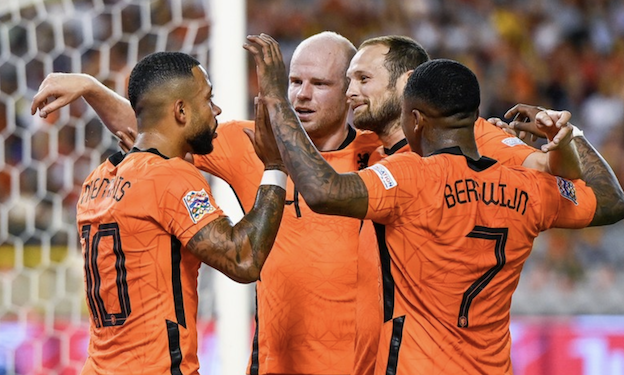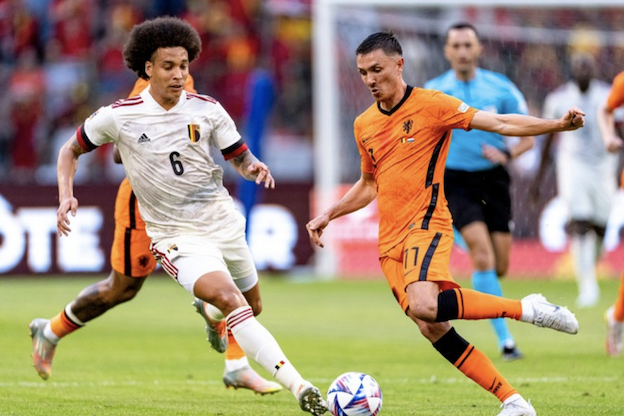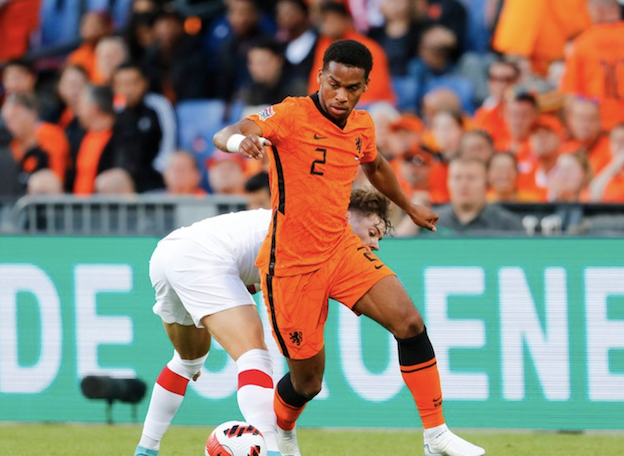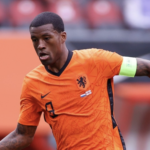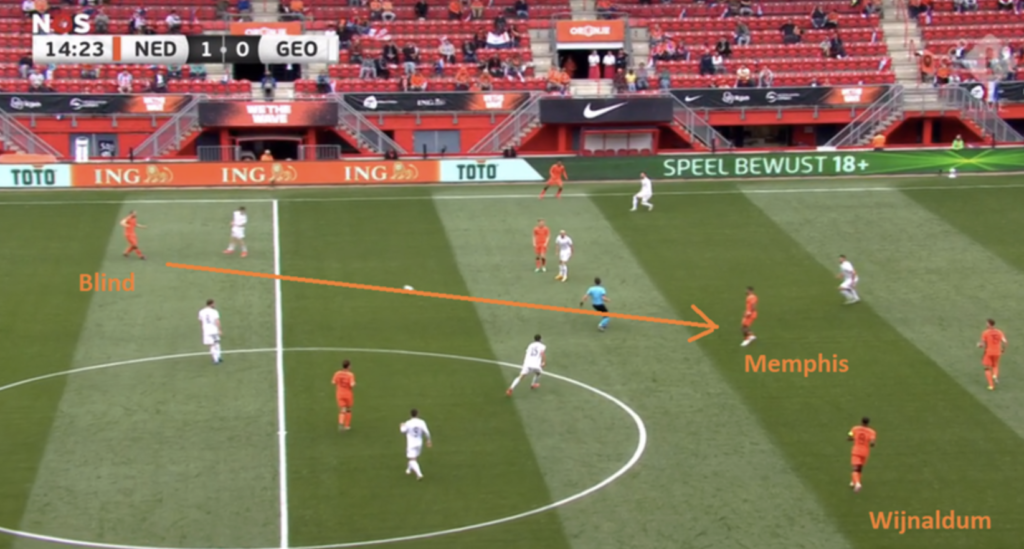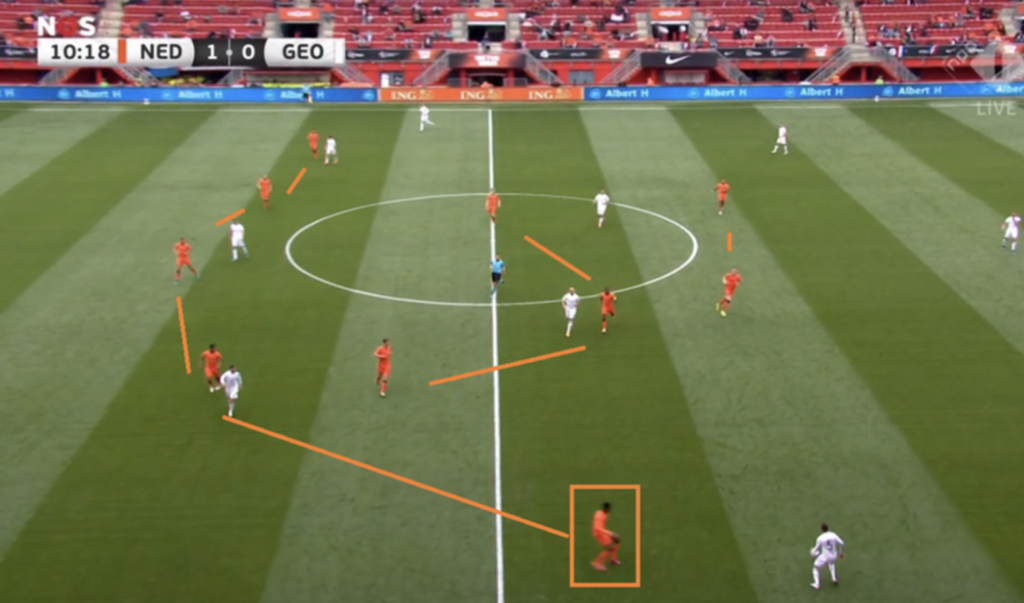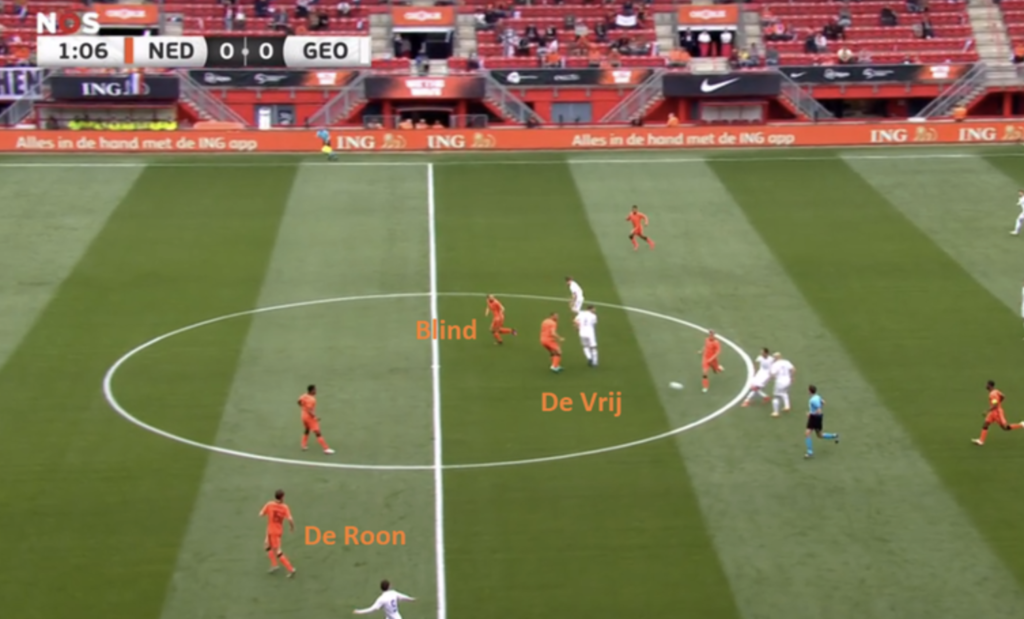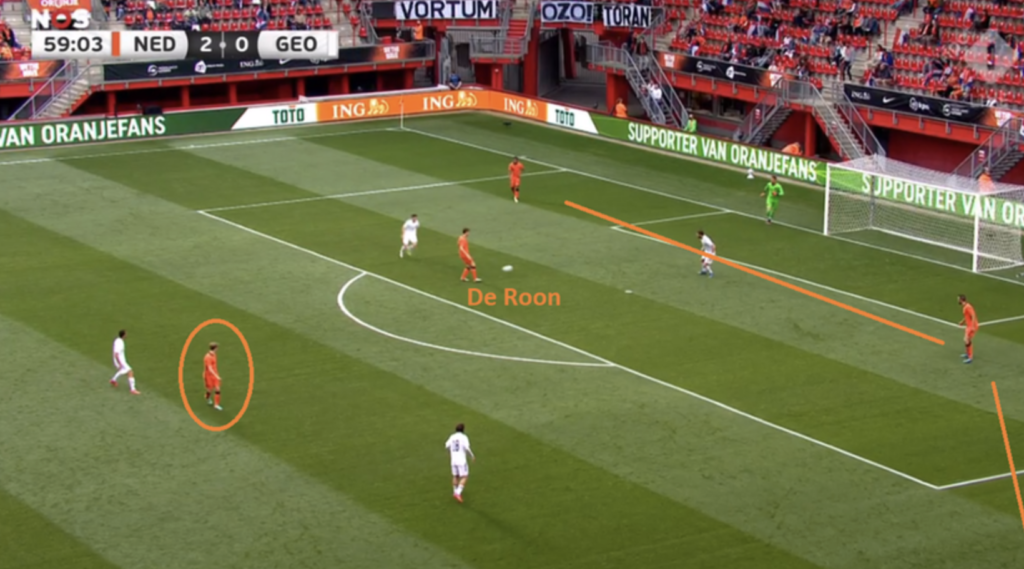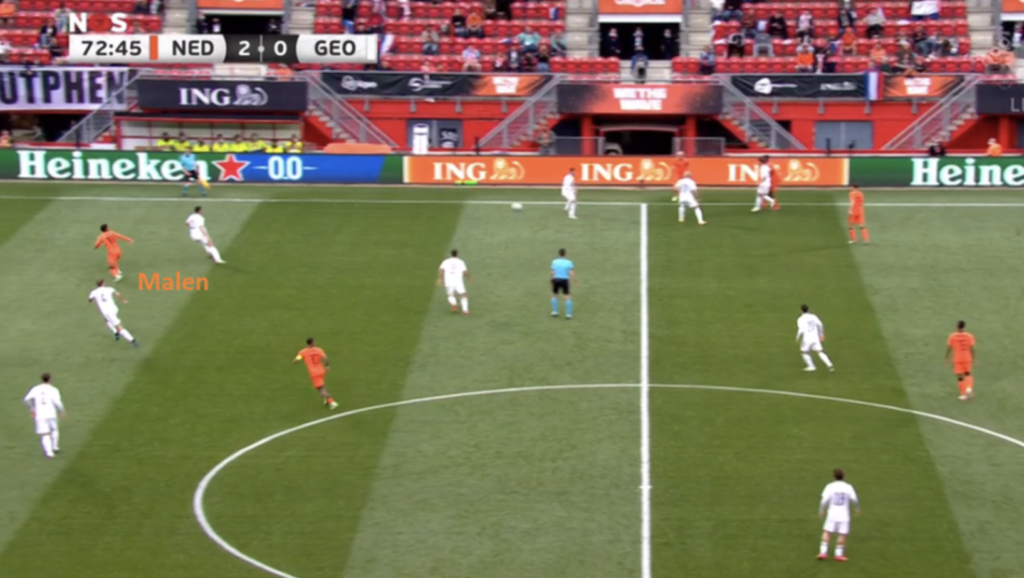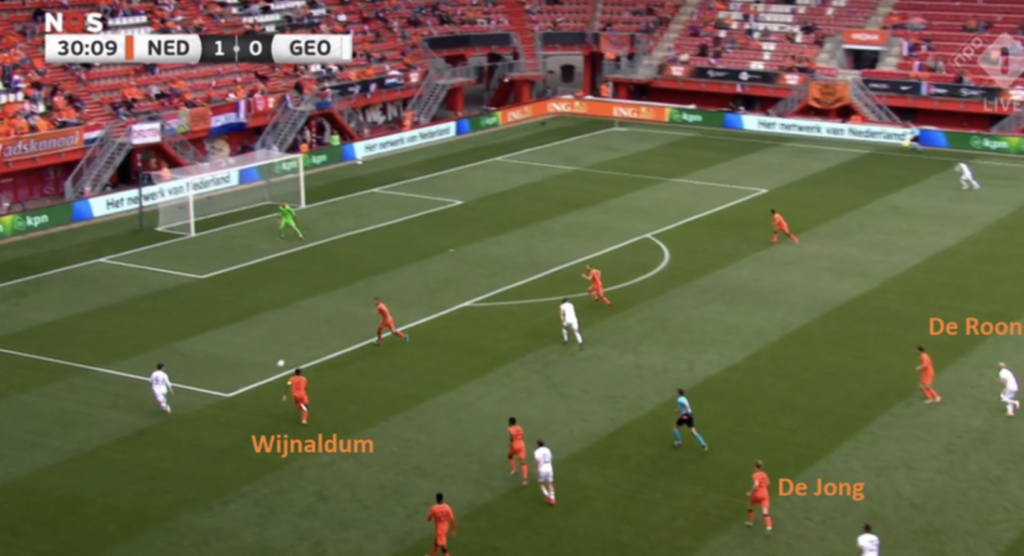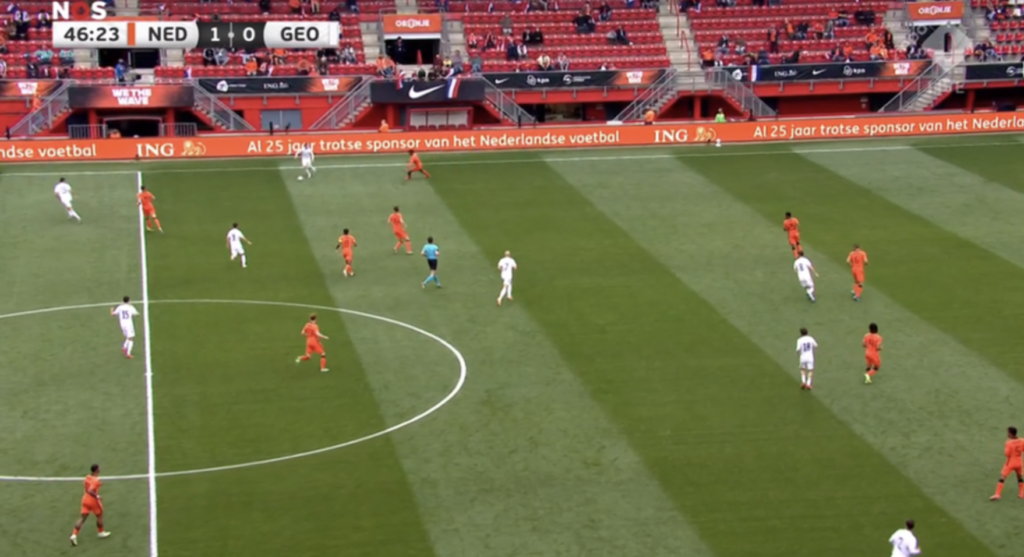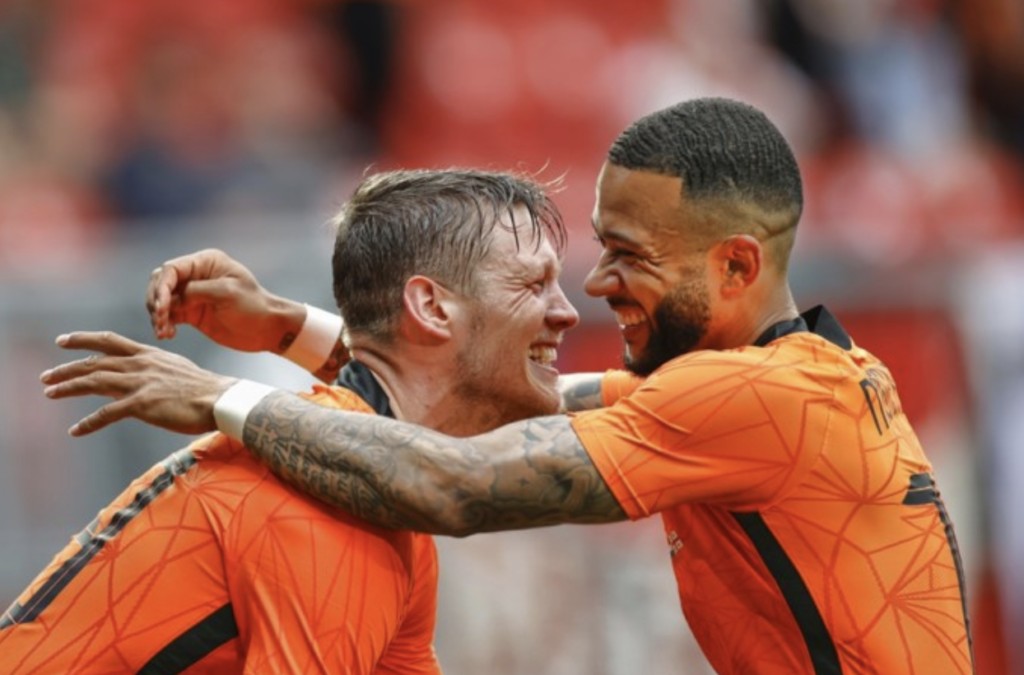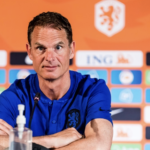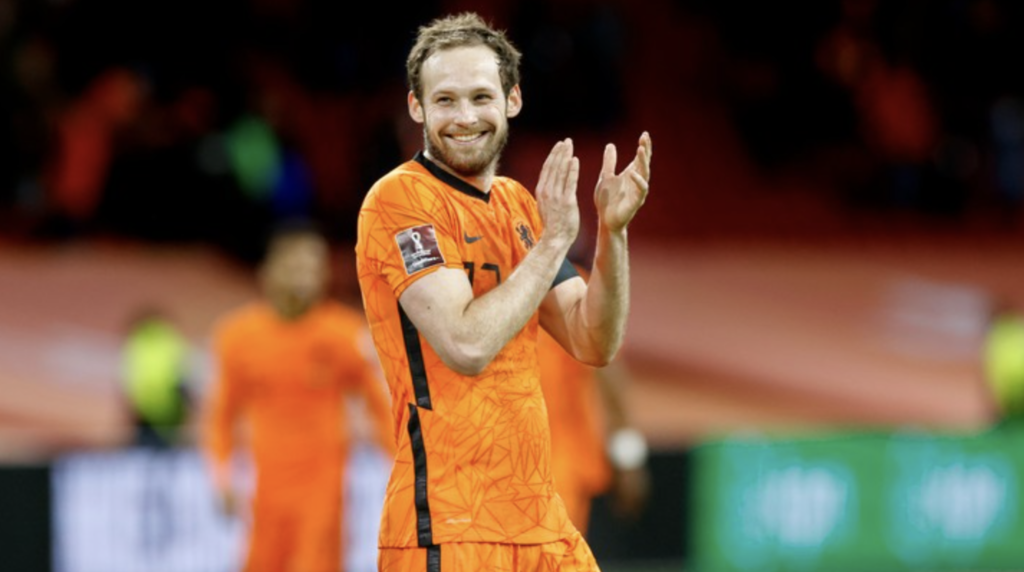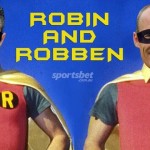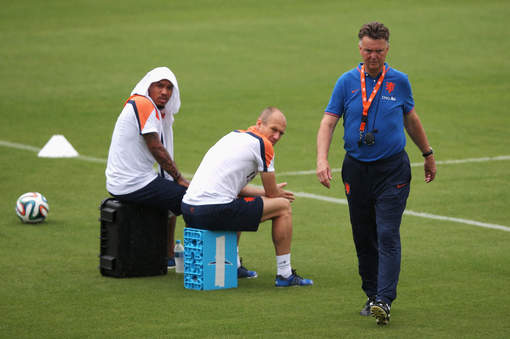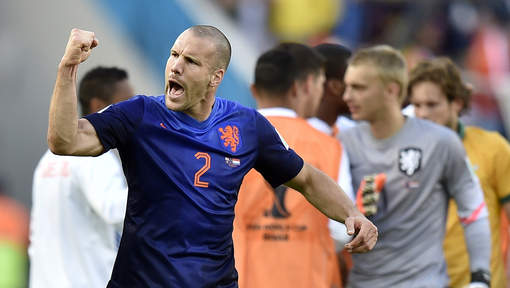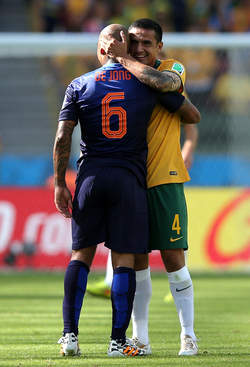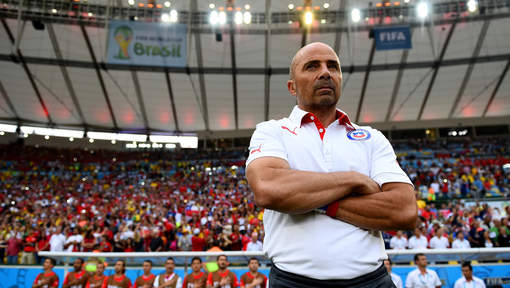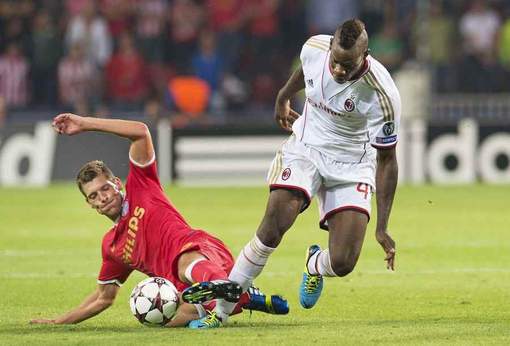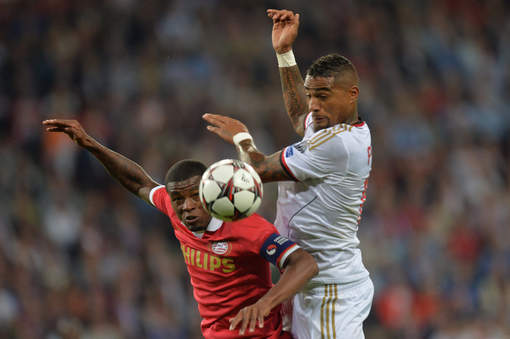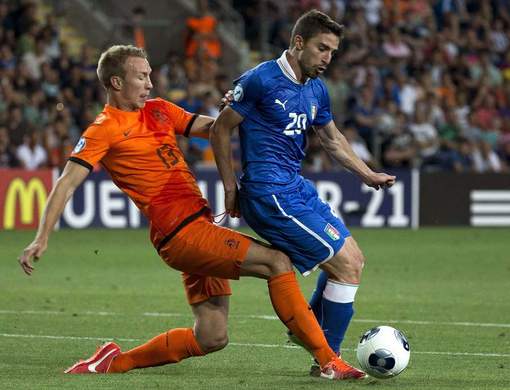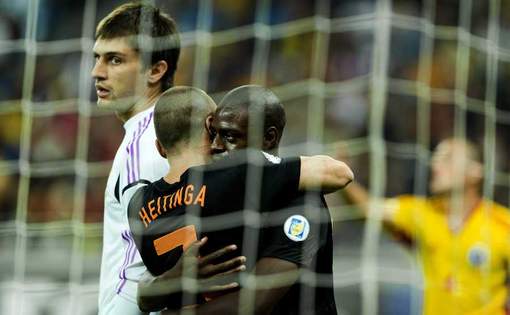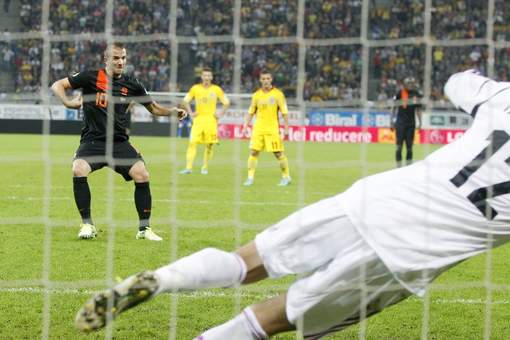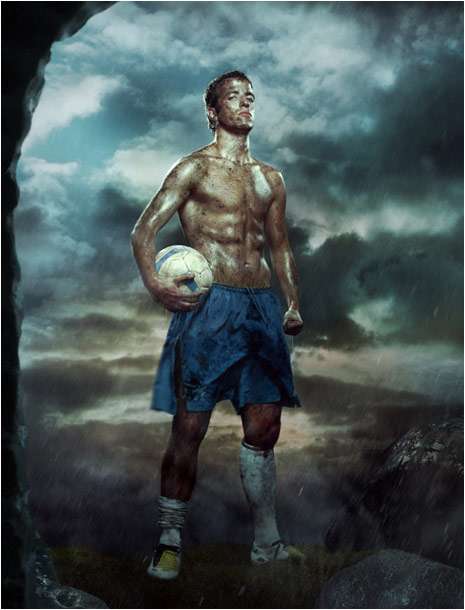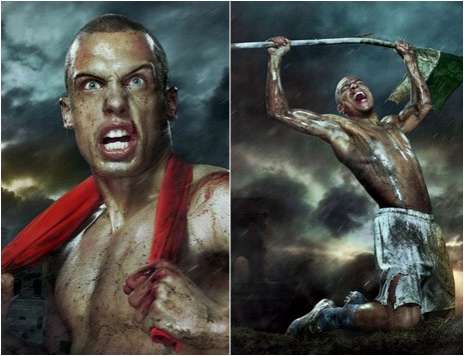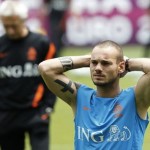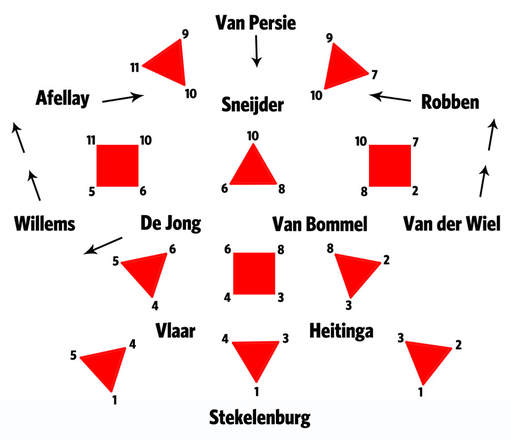He who studied Louis van Gaal knows he is a true fan and follower of his role model Rinus Michels. As a young player, he would bike to the Ajax training ground, not to watch the Ajax players, but to watch Michels. When a young adult Van Gaal needed to pick a profession, he decided to become a teacher, phys ed, like Michels was.
He tries to copy Michels career (Ajax, Barca, Oranje) but wants to do one better: winning the World Cup. He will have noticed how Michels abandoned the Dutch 4-3-3 in 1988, in order to win the first and only trophy for Holland. He shored up the midfield and took a forward off, making sure his two stars Gullit and Van Basten wouldn’t need to do too much work and could focus on scoring goals. Realist Michels ignored all the idealists and won the big prize.
As a young coach, Van Gaal played uber attacking football, which has inspired many a coach, like Guardiola, Bielsa and Flick. But on 19 January 1989, something happened. Barca led Valencia, 3-0. In 20 minutes, Valencia scored four goals and Van Gaal lost that match.
His next big trophy, he won with AZ Alkmaar, playing counter football in a 4-4-1-1 set up.
During the years, he realised he was naive and started to focus on a way to win games with exciting football. He got more and more convinced, that the strongest team with the tightest bonds would win tournaments. And when one has mediocre players, reactive football will pay off, using tactical smarts, to cover your own weaknesses and to exploit the weaknesses of the opponent.
At the 2014 World Cup, he knew he had some world class forwards, but mediocre defenders. The players back then were on the pay roll of Ajax, Feyenoord, Aston Villa, Norwich, Swansea City, Galatasaray… He created a platform for Robben and Van Persie and disciplined the lesser heroes into a tight system. When he needed speed and pizzazz, he brought Memphis. When he needed legs in midfield, he had PSV player Wijnaldum.
We got to the semis, and a failed penalty shoot out blocked us from beating the Germs in the finals.
This time around, our back line has players who are at Man City, Liverpool, Inter, Juventus, Ajax and midfielders who play at Barcelona, PSG, Man United or Bayern Munich. Our forwards might not (yet) be of Robben status, but they know how to unsettle defenders and score!
Van Gaal believes he has a real chance of lifting the trophy.
He studied the way Tuchel at Chelsea works with his three at the back. Chelsea is able to put pressure on the ball and does this by using the wing backs in a tactical way. They need to see the moment to push forward and put pressure on the wingers of the opponent. Van Gaal noticed that Daley Blind has the tactical intelligence to recognise these moments. Something Dumfries needs to improve on, as he got it wrong recently versus Germany (and initially versus Belgium as well).
Van Gaal speaks of the 10 yard rule. When the opponent has the ball, the Oranje players cannot be further apart than 10 yards. In this way, players can put pressure and know that their spot will be covered. This was what didn’t go well at the Euros, recently, when the Czechs didn’t find it hard to play in between the lines.
Another aspect Van Gaal has been hammering on: coaching. All players need to be vocal, you need to inform your mates and create a better awareness or orientation. Van Gaal uses video analysis software to monitor this. The video software constantly calculates and visualises the distances. Based on this, Van Dijk is named the General of Pressing and he is the key man in coaching the team. Stefan de Vrij is his capable 2CO in this task. Interestingly enough, when Oranje is able to keep these distances, the opponent finds it hard to score. Once we are unable to fill in the gaps, the opponent will get chances. We were able to do it right for 70 minutes versus Belgium. Once we started slipping and getting more fatigued, we become vulnerable.
The lesson? If we can keep this up for 90 minutes, it will be hard for any opponent to score against us.
By using two forwards and no real wingers, LVG opens up the flanks for his wide wingbacks. This means Oranje has always an extra man in midfield. Vanaken and Witsel of Belgium were constantly facing three Oranje midfielders. When you control the midfield, you control the game.
Players like Memphis, Bergwijn, Lang, Malen and Danjuma do love the space on the wing to be available for them to run into. The experiment with Weghorst as deepest striker against Wales didn’t work out. As Wales didn’t press up, we were a man short in midfield, also because the two “half 10s” weren’t able to play the spaces too well. Van Gaal changed it back, by making Lang a midfielder again and this way we regained control.
Against Poland, Van Gaal went back to his 3 midfielder game plan (Klaassen, Frenkie, Berghuis) and we should have and could have won that too, if Memphis had scored the pen. The two Polish goals can be (and should have been) avoided.
The new Oranje system works well against stronger nations, who want to attack as well. It will allow for space, for Frenkie and Memphis in particular to create havoc.
Against team parking the bus – and they usually also sacrifice a player to mark Frenkie de Jong – this team needs to improve. Van Gaal had to instruct Frenkie to not try and dribble into cul de sacs, but to move away from the action. Find space on the wings, or in areas where nothing is happening. If the marker follows, it means other players will be able to get more space and take over Frenkie’s role.
The fact that it still takes the coach to point this out, as he had to do versus Denmark when Eriksen became the free man after he had come onto the pitch, there is still a lot of work to do. You want that tactical intelligence on the pitch, you want players like Blind, Van Dijk, Frenkie and Memphis to “see” these things and take care of it.
This new Van Gaal system has a couple of winners.
Steven Bergwijn – Van Gaal called him a Gift of the Gods, literally. Strong on the ball, a good partnership with Memphis, scoring ability, depth, speed. But… not able to play more than 70 minutes at high intensity.
Steven Berghuis – Van Gaal calls him the “passer” as opposed to the “runners” Klaassen, Wijnaldum, Van de Beek and Til. Berghuis is unique in this role, with Teun Koopmeiners as more defensive alternative. As there are no real alternatives, it seems the Ajax man is certain of his spot.
Jurrien Timber – He may have gotten the wrath of the coach against Poland but Timber has been impressing as right CB in Ajax and in Oranje. He is the complete package: speed, ability to play right wing back if needed, strong in challenges and very good on the ball. His off day v Poland was due to fatigue, Van Gaal concluded.
Nathan Ake – Van Gaal prefers a left footed left centre back. He seems to prefer Blind as wing back so Ake is the only left footed defender in the squad. Martins Indi was called up for this reason and we’ll see Sven Botman most likely too. Ake doesn’t play much at City, but he keeps impressing in Oranje.
The Losers
Stefan de Vrij – Van Gaal is a super fan of the Inter defender as he also used him successfully in 2014. “Everything Van Dijk can do, De Vrij can do as well.” It seems he is the ideal stand in for captain Virgil van Dijk.
Mathijs de Ligt – The young and solid Juve defender was tested as left CB but that was not an overall success. It seems De Ligt needs to focus on a spot in the centre or right CB. For these positions he’s competing with De Vrij, Van Dijk and Timber. Tough test for Mathijs.
Gini Wijnaldum – One of the key players for Oranje in the past years, but Van Gaal is not impressed with his performances in Oranje. “Gini has to deliver. We cannot bring players in to help them find their feet. He will need to do this at his club.”
Arnaut Danjuma – Scores for fun in Spain (and everywhere else) but hasn’t impressed Van Gaal too much. “He is still injured. He’s not my #1 player and when you’re not fit, you move further down the hierarchy. Danjuma needs to get fit and he needs to perform. Only then can I select him again.”

